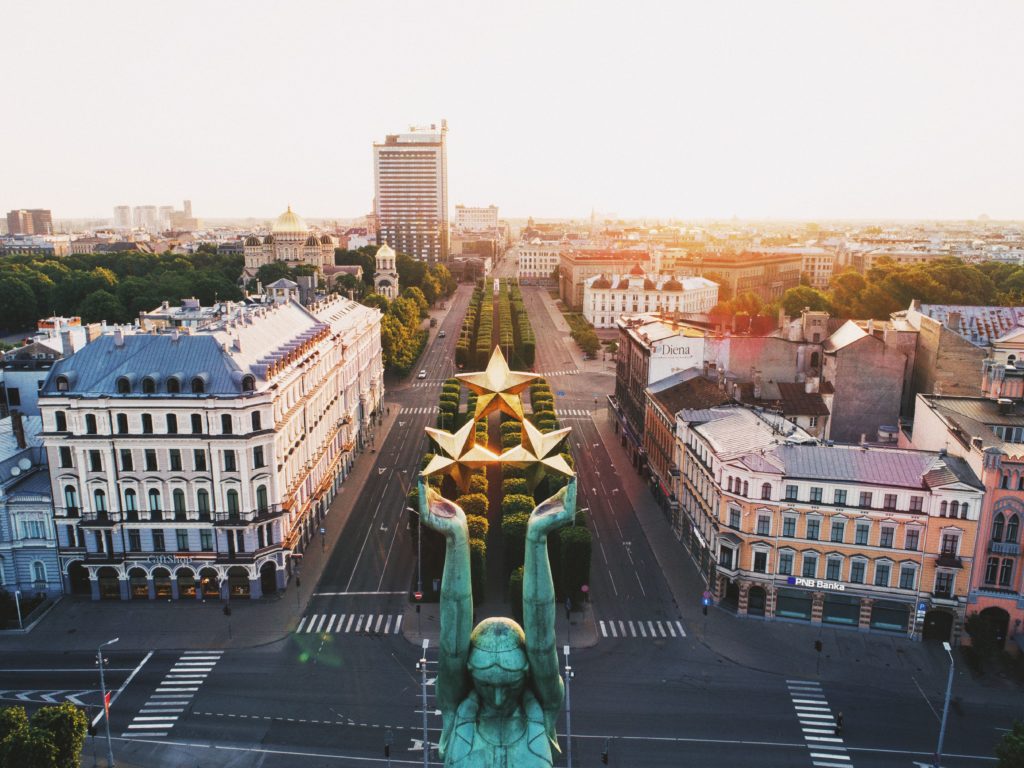The Patent Office of the Republic of Latvia is responsible for monitoring intellectual property rights in Latvia in compliance with a variety of different intellectual property laws. Depending on the kind of intellectual property, giving its creator/designer intellectual property ownership rights may or may not need registration.

Intellectual property types
Four categories of intellectual property are recognized under Latvian regulations on intellectual property:
Copyright
The most fundamental kind of intellectual property is copyright. In Latvia, copyright ownership is valid without the requirement to register it. Ownership rights are still in effect 70 years after the author’s death. The exclusive rights to one’s creative work are often automatically granted under Latvian law. It should be emphasized that in all of them if a work is created under a contract that specifies other requirements for awarding ownership, ownership rights are not awarded. In essence, if an author signs a contract stipulating the ownership of their work belongs to a third party, that party gains immediate rights to the finished work.
Patents
The form of ownership rights known as patents is designed to protect technological innovations like equipment, processing techniques, synthetic materials, etc. A first-time patent is granted for 20 years, after which it may be renewed once for a maximum of 5 years. In Latvia, the owner of a patent has the power to sell their right to prevent others from making, using, or selling the technology. An innovation must meet certain criteria to be eligible for a patent. It has to be:
- a problem-solving technique that may be used in manufacturing and
- effective in other contexts, as determined by experts in the scientific area.
Requesting a patent
An inventor must provide the following documents to the Patent Office of the Republic of Latvia to file a patent application:
- description of the innovation in the patent application
- a concise 150-word invention summary with descriptive presentations, like diagrams for clarity, if required
- the invention’s area of science
- a succinct explanation of the issue and its resolution
- main categories of innovation
After reviewing the application, the Patent Office decides whether or not its submission and contents are compliant with the applicable laws. If everything is in order, the inventor must pay for the patent’s registration and publication when it is issued. The Patent Office provides the inventor three months to make the necessary corrections if not. If the errors are not fixed before the end of this period, the application is rejected and has to be resubmitted.
Trademarks
Even if items are essentially identical, a trademark helps consumers to recognize the products of various producers. The first ten years that a trademark is awarded are renewable for an additional ten years. Any manufacturer may submit a trademark application. An example of a trademark might be a term, symbol, number, phrase, or sign with pictures, photographs, graphics, etc. A trademark cannot:
- just describe a product;
- be offensive;
- deceive consumers about the goods being described;
- be excessively similar to other trademarks, either former or current;
- breach other parties’ rights, such as privacy or copyrights.
Industrial design
As per the “Industrial Designs Law,” an industrial design encompasses machinery models, components, or artistic works representing product form, scale, colors, texture, and materials. The goal of this sort of intellectual property is to illustrate a design to prevent the use of the same or too similar design by others. If a submitted industrial design is original and has distinct qualities, ownership rights are given. Original in this context denotes the absence of a prior submission of a design with the same characteristics. Distinct qualities refer to the ability of an educated user to distinguish this specific design from any other design that has previously been made public. An illustration highlighting the essential features of the product that set it apart from other industrial designs must be included in an application for an industrial design. Even if it’s not required, images should be shot in well-lit areas at an angle that makes it possible to detect the features and avoid confusion about the object’s specifications. Non-photo illustrations shouldn’t be considered a technical draft, which means they shouldn’t include internal workings or other little details if such isn’t the main components of the industrial design.
You can also find these articles helpful
Reasons why you should use company formations agents in Latvia
Registration for municipal waste management in Latvia
Required licenses for water supply, wastewater, water management, and recovery business in Latvia







